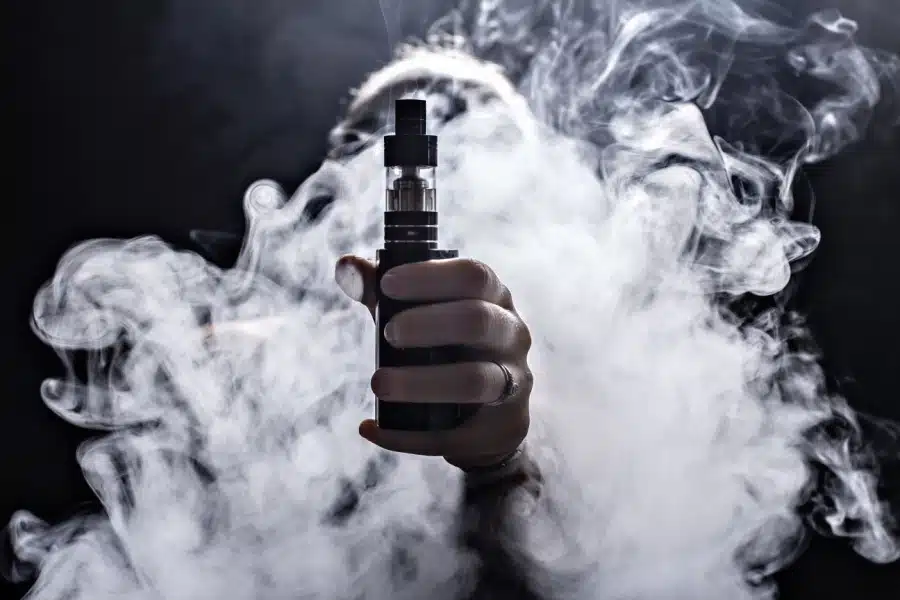New survey reveals a third of Americans didn’t see a dentist regularly before the pandemic
The pandemic has impacted dental attendance rates but a new survey suggests that a third of patients in the US didn’t see a dentist regularly before Covid-19 hit.
The National Health Interview Survey, a government poll, indicated that a third of adults aged under 65 hadn’t been to the dentist in the 12-month period leading up to the start of the pandemic.
The situation was even worse in parts of rural America, with less than 60% of people seeing a dentist in 2019.
Robin Cohen, study co-author and statistician at the CDC (Centers for Disease Control and Prevention) National Center for Health Statistics, explained that there were fewer dental providers in rural areas, which impacted attendance rates.
Mr Cohen also stated that the study highlighted income and race as additional contributing factors to lower than average attendance.
The survey, which provides an insight into dental provision and uptake in 2019, showed that 65.5% of adults under 65 saw a dentist in 2018/2019, with attendance rates higher in urban areas (67%) than rural communities (58%).
Women more likely to go to the dentist than men and in cities, white adults (70%) were more likely to attend dental appointments than Hispanic adults (59%) and black adults (62%). Rates were also higher among white adults in rural areas.
The figures also confirmed that people with higher incomes were more likely to see a dentist than those on lower incomes. Cost is a factor for many Americans, particularly those who don’t have insurance.
In cities, there are sliding-scale clinics and free sessions run by non-profits but these are rare in rural parts, which means that those without insurance or the funds to pay for a dentist struggle to get an appointment.


